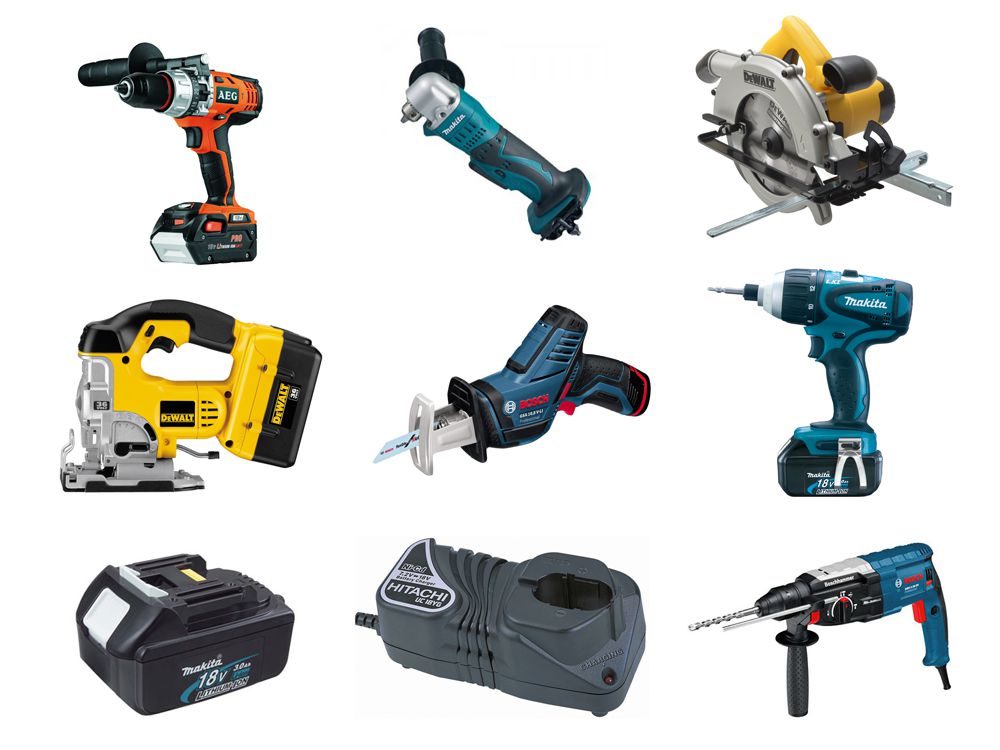When it comes to manufacturing processes, cutting tools are an essential element. Without these tools, it would be impossible to achieve the precision and efficiency required in today's high-tech manufacturing environment. There are two primary types of cutting tools: high speed steel (HSS) and carbide tools. While these tools may seem similar, there are distinct differences that impact their usage, performance, and longevity.
High Speed Steel (HSS) Tools
High speed steel tools are made from an alloy of steel that contains elements like tungsten, molybdenum, and carbon. These alloys are designed to provide high toughness and resistance to wear at high cutting speeds. HSS tools are typically used in applications where there is a need for precision cutting at high feed rates. They are often used in the production of castings, forgings, and stampings.
Carbide Tools
Carbide tools are made from a ceramic-like material derived from carbon monoxide. They are typically harder and more wear-resistant than HSS tools. Carbide tools are used in applications that require heavy cutting or where there is a high demand for finish quality. These tools are often used in the production of hardened steels, cast irons, and non-ferrous metals.
Advantages of HSS Tools
- Wear resistance - HSS tools can withstand high temperatures and wear resistance during cutting operations.
- High speed - Due to their high toughness, HSS tools can be used at high cutting speeds without risk of chipping or breaking.
- Cost - HSS tools are generally less expensive to produce than carbide tools.
- Machinability - HSS tools have a better machinability, making them easier to grind and shape.
Advantages of Carbide Tools
- High wear resistance - Carbide tools are extremely wear-resistant, making them suitable for heavy cutting applications without chipping or breakage.
- High toughness - Carbide tools have a high toughness that allows for precision cutting even at low feed rates.
- Longevity - Carbide tools have a longer lifespan than HSS tools, reducing the frequency of tool changes and increasing overall productivity.
- Material specific - Carbide tools are often more effective for specific materials such as hardened steels or non-ferrous metals.
In conclusion, high speed steel and carbide tools each have their unique advantages and usage scenarios. Understanding the difference between these two types of cutting tools and selecting the appropriate one for a given application is crucial for achieving optimal performance and productivity in any manufacturing process.


